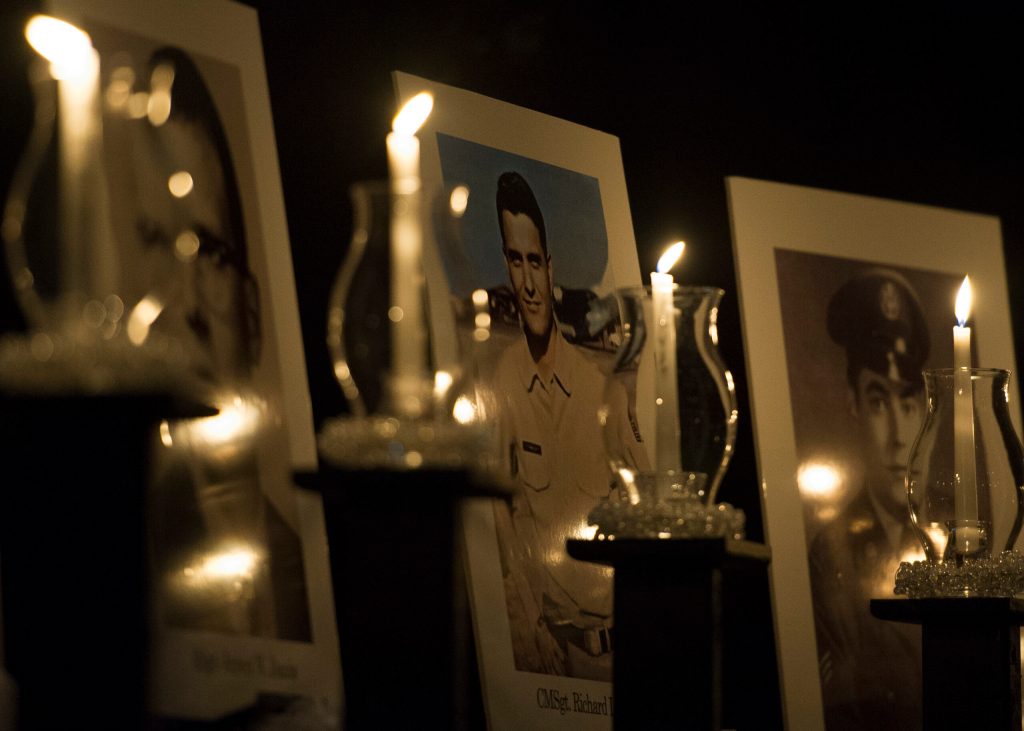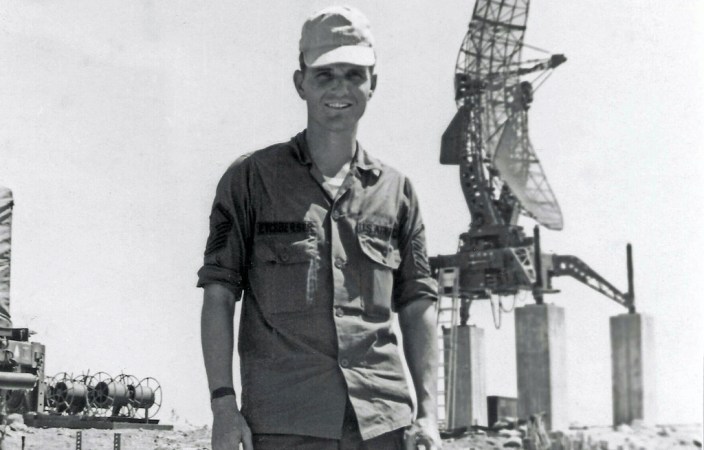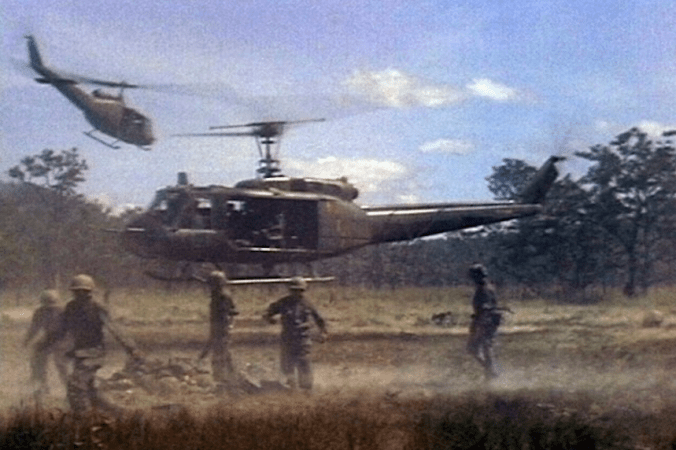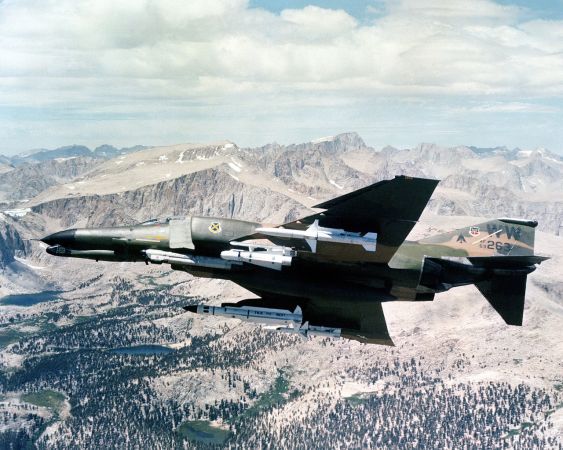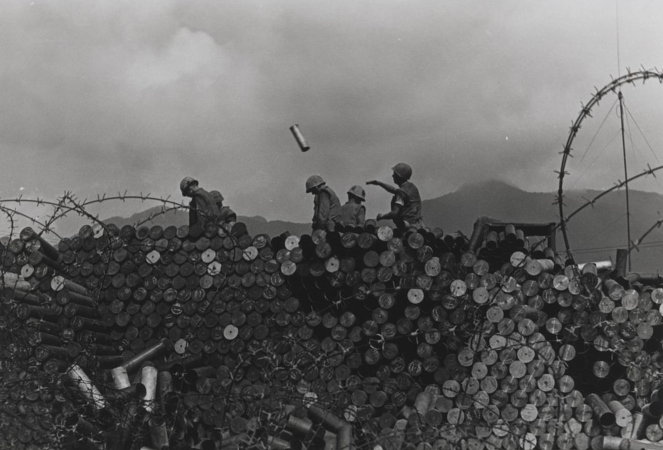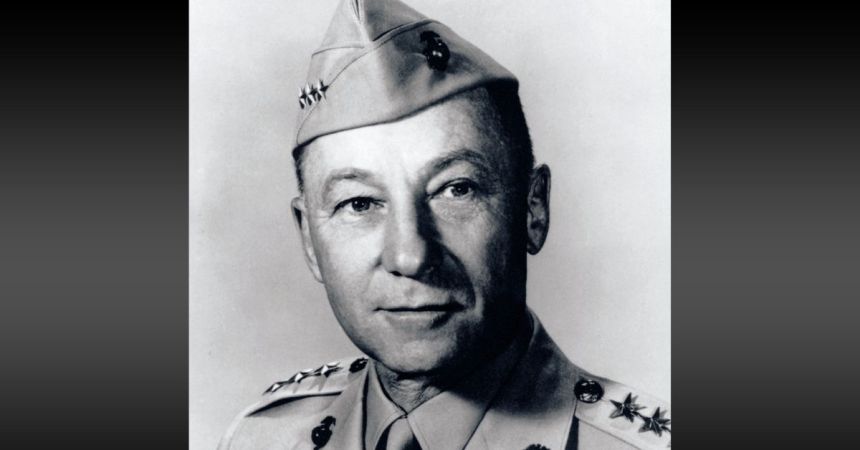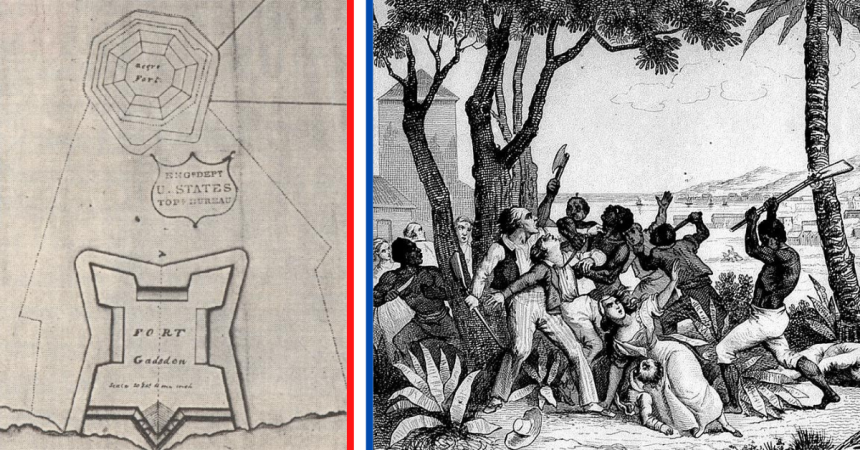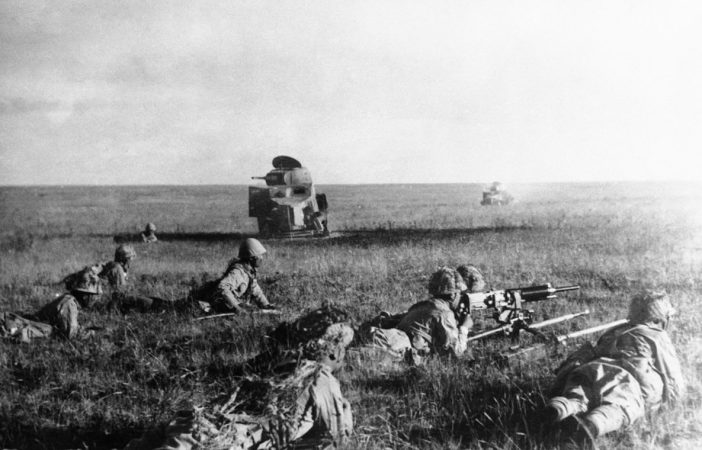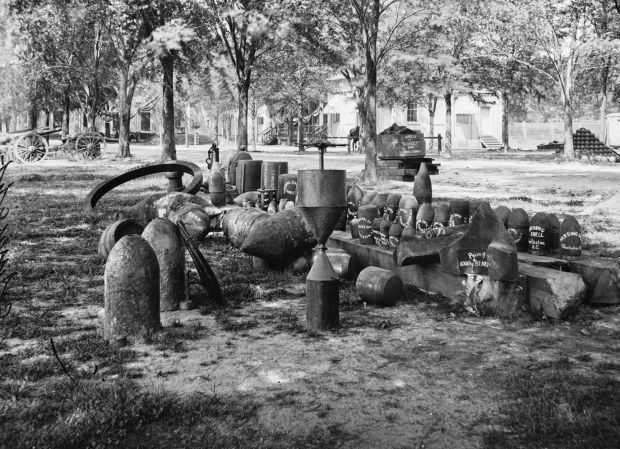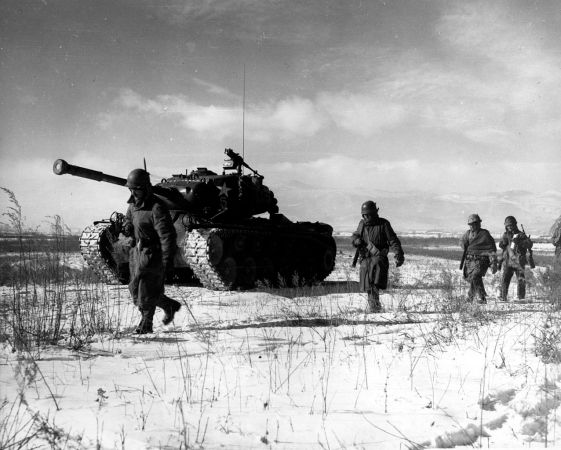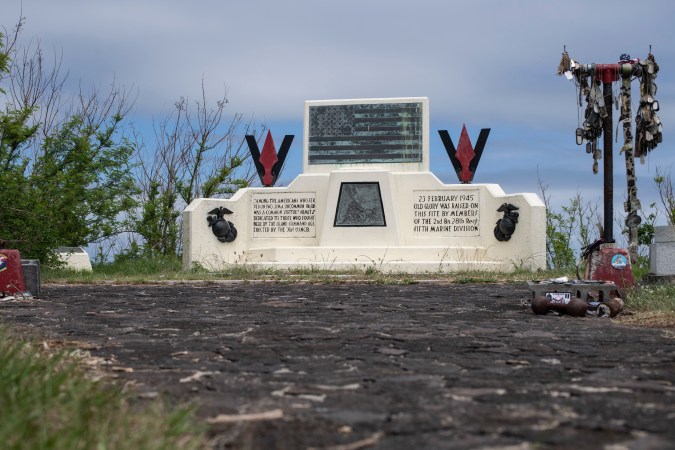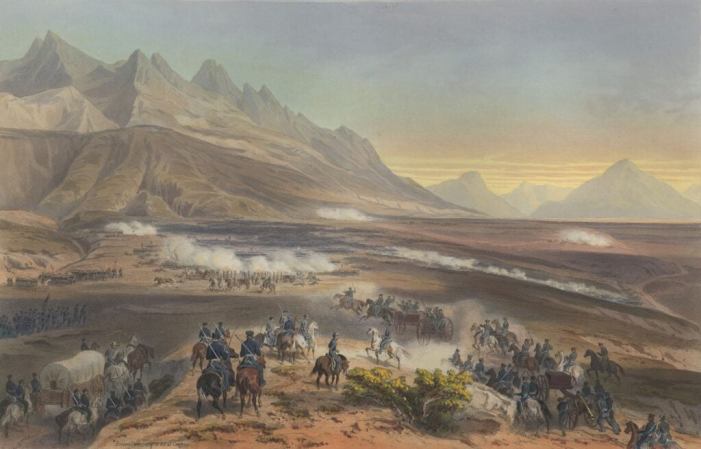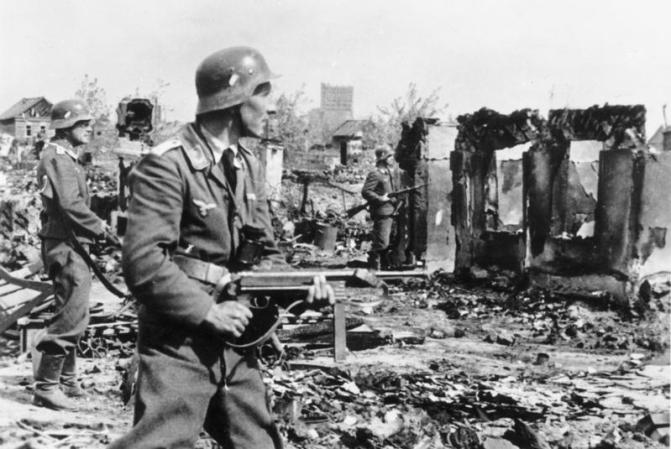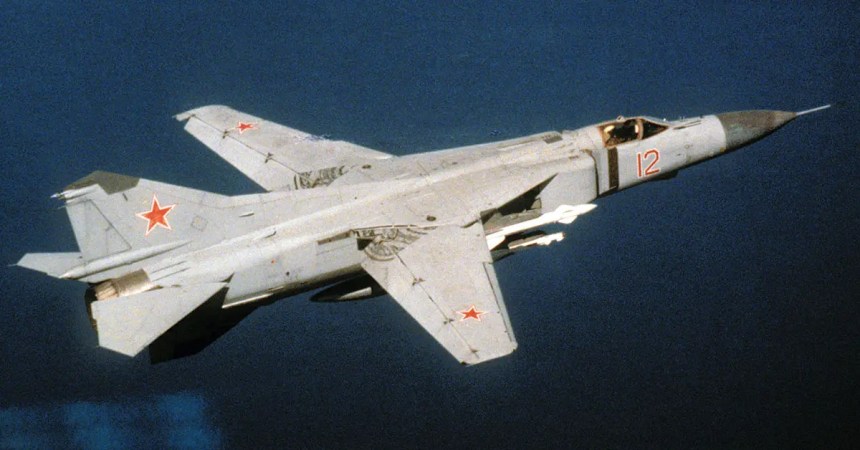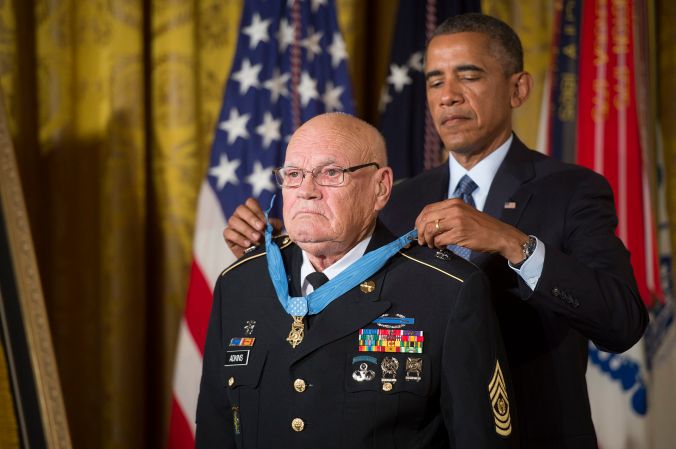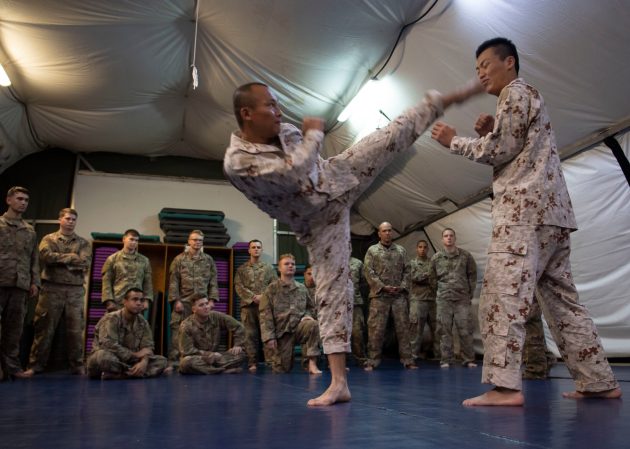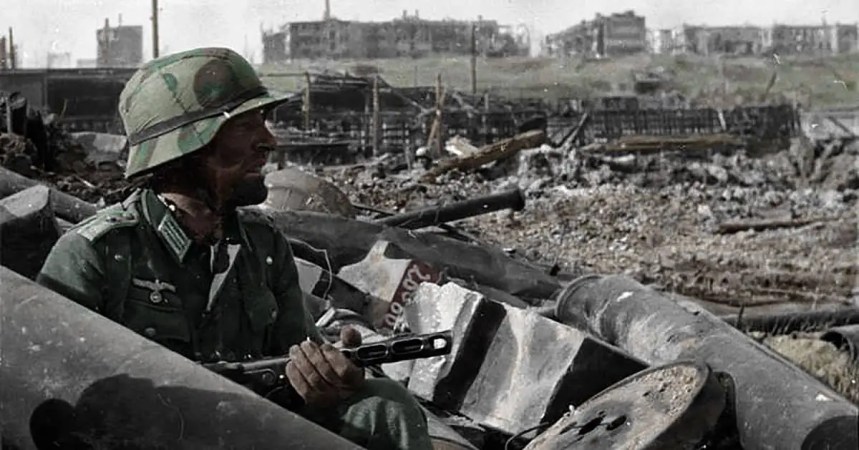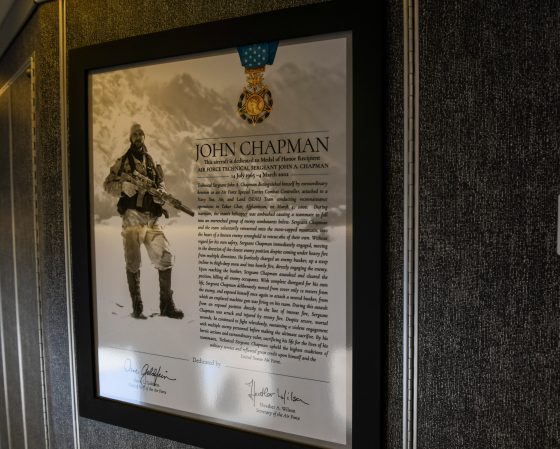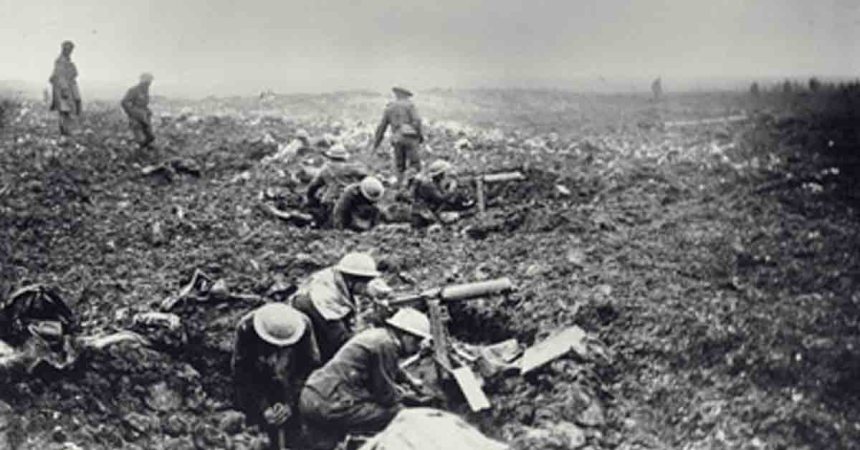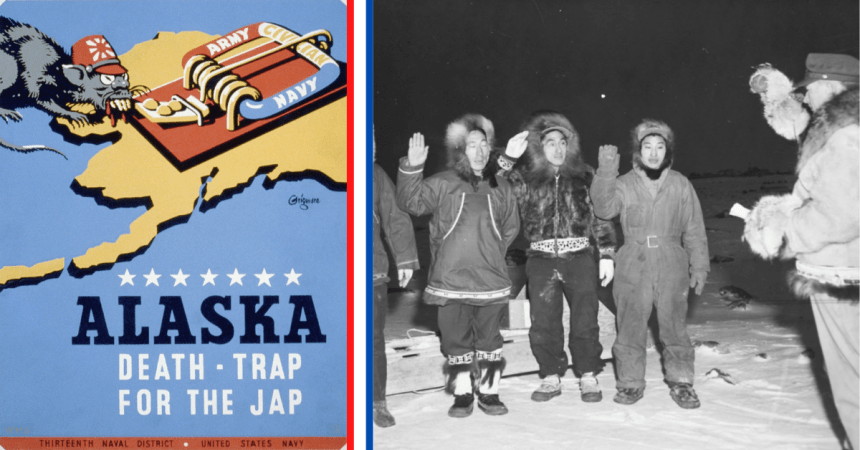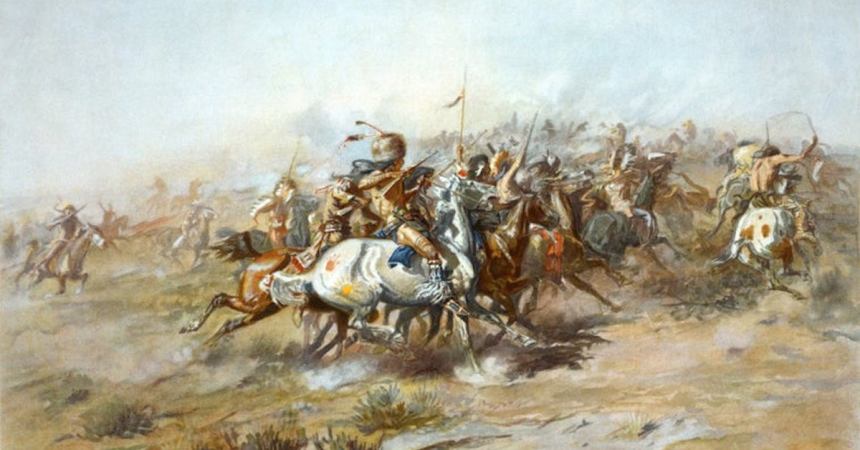Located on a remote mountaintop in northern Laos, Lima Site 85 was a crucial base during the Laotian Civil War. It supported the Royal Lao government against Communist forces and helped prevent communism’s spread in the region. Despite its secrecy and remoteness, Lima Site 85 was vital in U.S. efforts to combat communism in Southeast Asia. The base provided essential support for air operations, communications and ground support throughout the region.
Background
In the early 1960s, Laos became a crucial battleground in the larger Cold War conflict between the United States and the Soviet Union. The United States was concerned about the spread of communism in Southeast Asia. So it decided to provide support to the Royal Lao government in its fight against Communist forces. As part of its support, the military established a network of secret airbases throughout the country to aid in their efforts.
Located in northern Laos, Lima Site 85 was one of the most crucial bases for the US. It was strategically positioned near the border with North Vietnam, making it ideal for supporting US air operations over North Vietnam and Laos, while also acting as a critical communications relay for U.S. forces in the region.
A small group of American personnel and allies were stationed at Lima Site 85. Their responsibilities included maintaining and defending the base. This group consisted of Air Force crew members, communications specialists, and ground support staff. Designers created the base to withstand attacks, with hardened bunkers, reinforced tunnels, and camouflaged positions to make it challenging for the enemy to locate.
The US significantly escalated its involvement in the region by establishing Lima Site 85. It also established a series of secret airbases throughout the region. and a network of secret airbases throughout Laos. The military’s actions were controversial and kept secret from the American public at the time. Nevertheless, Lima Site 85 and the other airbases played a crucial role in providing the military with a strategic advantage.

The Battle
On March 11, 1968, a force of North Vietnamese soldiers and Laotian Communist forces launched a surprise attack on the base, targeting it with mortars, rockets, and small arms fire. A group of about 19 Air Force personnel and their Hmong allies defended the base and were heavily outnumbered.
Defenders of Lima Site 85 bravely repelled enemy attacks with small arms, grenades and artillery. They took advantage of terrain to avoid detection. As the battle wore on, the defenders began to run low on ammunition and supplies. They had to carefully ration their supplies to prevent the enemy from overrunning their position. Despite being in a precarious situation, the defenders refused to give up without a fight.
On the fourth day, the US military launched a rescue mission to evacuate the survivors. Despite active attacks from the enemy, the military personnel showed bravery and skill. They successfully evacuated most of the personnel, preventing catastrophic loss of life. The operation involved multiple aircraft and ground forces and faced significant challenges. Despite the challenges, they were able to successfully evacuate most of the personnel at the base, preventing a catastrophic loss of life.

Aftermath
The Battle of Lima Site 85 was a pivotal moment in the Vietnam War. It changed the tactics and strategies employed by the U.S. military in Laos. Despite being a tactical victory for the North Vietnamese, the battle showcased the resilience and determination of the American military.
The battle also highlighted the importance of covert operations and the use of secret airbases to achieve objectives. It quickly became clear that America needed these bases to support air operations in the region. As a result, the military increased the number of secret airbases throughout Laos. This helped to bolster covert ops and enhanced the ability to fight the enemy.
Furthermore, the battle showed the importance of maintaining a mobile and flexible military force. The defenders of Lima Site 85 were heavily outnumbered and outgunned. That said, they managed to hold off the enemy for several days. Their intimate knowledge of the terrain helped them take advantage of the high ground and jungle cover. The ultimate lesson of this battle was that a mobile and flexible force was necessary in combating guerrilla tactics.
In conclusion, the Battle of Lima Site 85 changed the tactics and strategies employed by the U.S. military in Laos. It also highlighted the importance of covert operations and the need to maintain a mobile and flexible military force all the while having a swift and efficient evacuation plan in the face of overwhelming odds.


